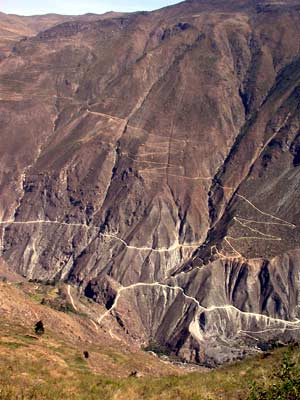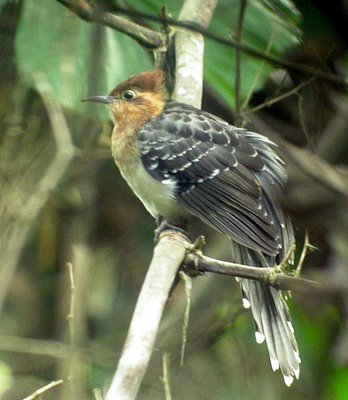There is more to a birding tour to Peru than just birds.
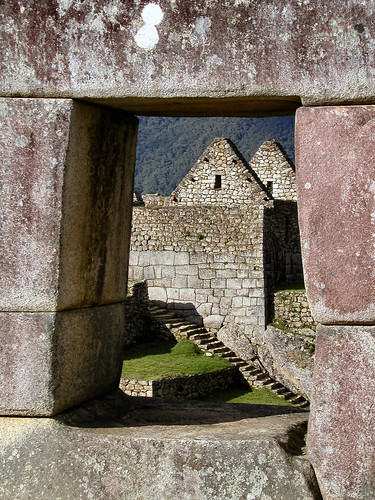 For once I am making an exception and blog about a future trip. This particular one includes birding and culture in a great fashion. Also read through the article you shall see that I am giving a fantastic last minute offer. And there are very cheap flights from Miami now. The itinerary is request for the middle of March, combining Northern and Southern Peru and features a pelagic, Chaparri, Machu Picchu and optionally the Amazonian rainforest. What more could you ask for? It is a “best of Peru tour”. The perfect trip to bring your non birding spouse as it gives beautiful scenery as well as many cultural attractions. The trip visits Tumbes, Piura and Chiclayo in the North. Cusco, Machu Pichu and Los Amigos biological Station in the South. Lima acts as a hub with a trip to see condors in Santa Eulalia canyon.
For once I am making an exception and blog about a future trip. This particular one includes birding and culture in a great fashion. Also read through the article you shall see that I am giving a fantastic last minute offer. And there are very cheap flights from Miami now. The itinerary is request for the middle of March, combining Northern and Southern Peru and features a pelagic, Chaparri, Machu Picchu and optionally the Amazonian rainforest. What more could you ask for? It is a “best of Peru tour”. The perfect trip to bring your non birding spouse as it gives beautiful scenery as well as many cultural attractions. The trip visits Tumbes, Piura and Chiclayo in the North. Cusco, Machu Pichu and Los Amigos biological Station in the South. Lima acts as a hub with a trip to see condors in Santa Eulalia canyon.
Highlight birding localities of the trip
- Condor watching in Lima going up the impressive Santa Eulalia Canyon for an overnight stay. Also here Great Inca-Finch and Black-necked Flicker.
- Birdwatching in Tumbes forest. Semi-dry Spanish moss clad deciduous forest with giant balsa trees with bright green bark and the many species of birds that are endemic for this region.
- A pelagic tour from the lovely beach resort Punta Sal on which we apart from birds like Galapagos Petrel and Waved Albatross find Humpback Whale and Bottle-nosed and spinner Dolphins.
- Later we visit Chaparri with the captive breeding program of re-introduced White-winged Guan and Spectacled Bear – as well as spectacular birds such as White-tailed Jay and Black-faced Ibis. Also it is a great place to watch Hummingbirds bathing in a nearby pond.
- Bosque Pomac that holds the rare Peruvian Plantcutter and Rufous Flycatcher among the target bird species
- Huacarpay lake in Cusco with many water birds as well as endemic species nearby, such as Bearded Mountaineer, Rusty-fronted Canastero and Streak-fronted Thornbird
- Abra Malaga road – cloud forest. With endemics like Marcapata Spinetail, Scaled Metaltail, Red-and-White Antpitta, Cusco Brush-Finch, Parodi’s Hemispingus and spectacular birds such as Sword-billed Hummingbird, Golden-collared Tanager, Grass-Green Tanager, Scarlet-bellied Mountain-Tanager.
- Abra Malaga road – Polylepis forest. With rare species such as Royal Cinclodes, Ash-breasted Tit-Tyrant, Rust-crowned Tit-Spinetail, Tawny Tit-SPinetail, Puna Tapaculo, Red-rumped Bush-Tyrant, etc.
- Abra Malaga road – dry slope. With endemics such as Creamy-crested Spinetail and White-tufted Sunbeam.
- The cloud forest around Machu Picchu with Cock of the Rock, Torrent Duck, Highland Motmot, White-eared Solitaire, Masked Fruiteater, Inca Wren and Ocellated Piculet.
- Optional full week at Amigos Research station gives good lodging in the rainforest and over 200 birds and 10 species of monkeys – usually….and maybe more. Electric light and WIFI internet access. Bring your computer to blog from here!
Cultural Highlights.
Did we just loose your spouse??? Call her/him back.
Here are the many cultural highlight and other attractions to the non birder.
- Guided tour in Lima with visit the excellent Archeology museum. The Incas are only the tip of the iceberg.
- Lima is the gourmet capital of South America. We shall enjoy some of the fine cuisine while here.
- Relaxed stay on the beach of Punta Sal. You may work on the tan if you don’t like boats. Exquisite food.
- Visit to the Lord of Sipan Museum in Lambayeque.
- Visit to the pyramids of Tucume and the Tucume museum.
- Charming Chaparri Eco Lodge
- The Inca ruins of Sacsayhuaman
- The Inca ruins of Pisac
- The Inca ruins of Ollantaytambo
- The Inca ruins of Machu Picchu
- Cusco town – is one main cultural attraction.
Scenery Highlights
Spectacular scenery and wholesome nature experiences
- Santa Eulalia Cañon
- Tumbes forest
- Pacific ocean at Punta Sal
- Chaparri Communal reserve
- Machu Picchu
- Sacred valley
- Abra Malaga
- The Amazon rainforest at Amigos research station close to Puerto Maldonado.
Day to day Peru program 18 days.
In the below program, flights, hotels, transport, food, excursions, guiding and entrance fees are included in the price. Airport taxes, drinks and tips are not included.
Price: Last minute offer for couples. 3000$ per person.
March 15. AM. City tour with Archeological museum. PM. Start of Condor program
March 16. Condor program in Santa Eulalia Canyon. Return to Lima and flight to Tumbes.
March 17. Tumbes program. Visit Tumbes forest AM. In afternoon transfer to Punta Sal.
March 18. Punta Sal Pelagic. PM transfer to Piura and birding Mangroves of Vice.
March 19. Visiting the Royal Tomb Museum of Lord of Sipan in Lambayeque. PM arrive to Chaparri.
March 20. Chaparri AM. Rest of morning at Bosque Pomac for Peruvian Plantcutter. PM at Tucume. Evening flight to Lima.
March 21. Start of Machu Picchu cultural birding program (program C) Early flight to Cusco. City tour. Sacsayhuaman, Cathedral, Coricancha in this order. Lunch. Departure to Pisac. Visit Huacarpay on the way. Overnight in Pisac. Charming town and charming small hotel.
March 22. Early visit to Pisac ruins. Birding walking down to Pisac town. Visit the Pisac market. Continue to Ollantaytambo. Visit the archeological site of Ollantaytambo in the PM. Night in Ollantaytambo at Hostal Muñay Tika.
March 23 Full day to Abra Malaga. We shall take evening train to Aguas Calientes. Night in Hostal Pachacutek.
March 24. Full day at the Machu Picchu ruins and birding in the cloude forest nearby.
March 25. Birding cloud forest around Aguas Calientes. In afternoon train and bus to Cusco. Hostal Emperador Plaza.
March 26. Morning in Cusco. Flight to Maldonado at 11.00 Birding near Puerto Maldonado. Hotel in PM.
March 27-April 1. Birds and monkeys at Amigos Research Center. Click on the link for more info.
Photos: License by Common Creative. Machu Picchu: Brian Snelson


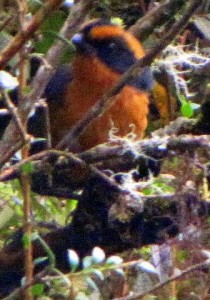
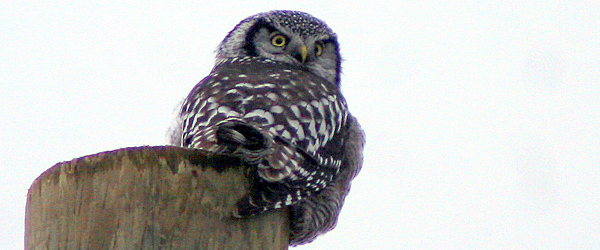
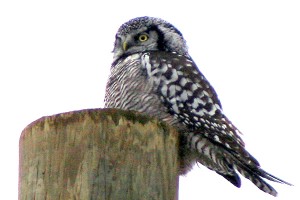

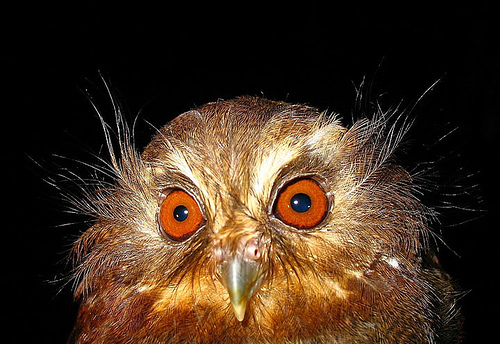


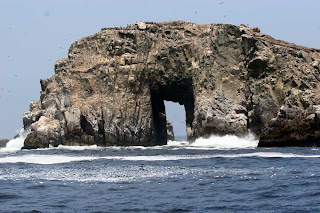


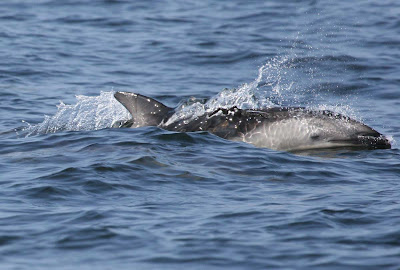
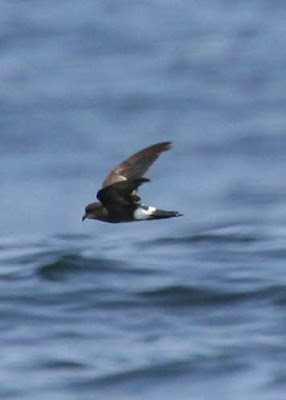
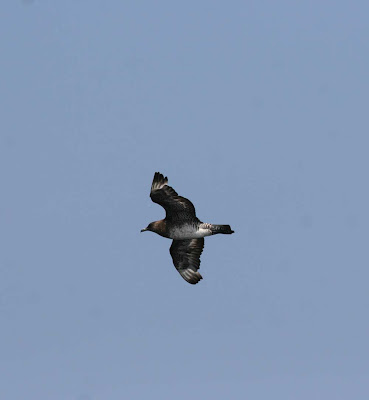
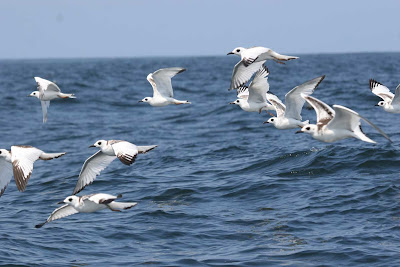
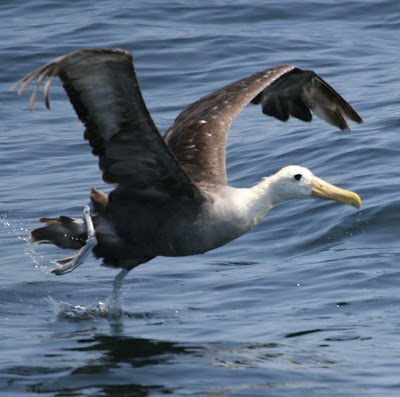


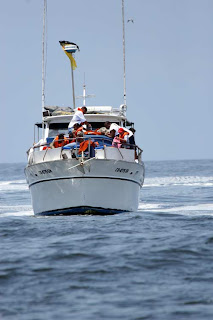



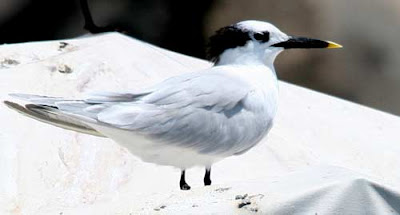
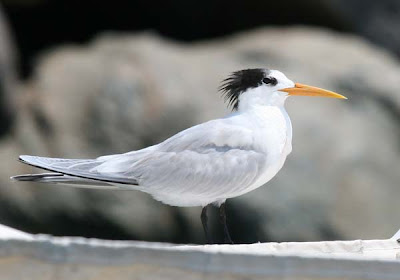

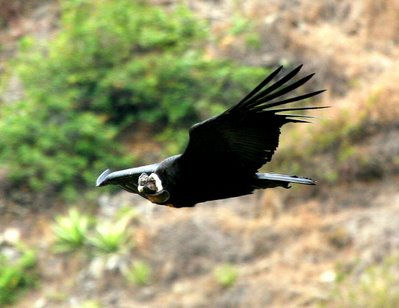


 That this area has very good wildlife is indicated by the finding on our excursion of this cat. It is a Pampas Cat Leopardus pajeros. (Thanks to Javier Barrio and Eduardo Ormaeche for pointing in the right direction to its identity.)
That this area has very good wildlife is indicated by the finding on our excursion of this cat. It is a Pampas Cat Leopardus pajeros. (Thanks to Javier Barrio and Eduardo Ormaeche for pointing in the right direction to its identity.)

